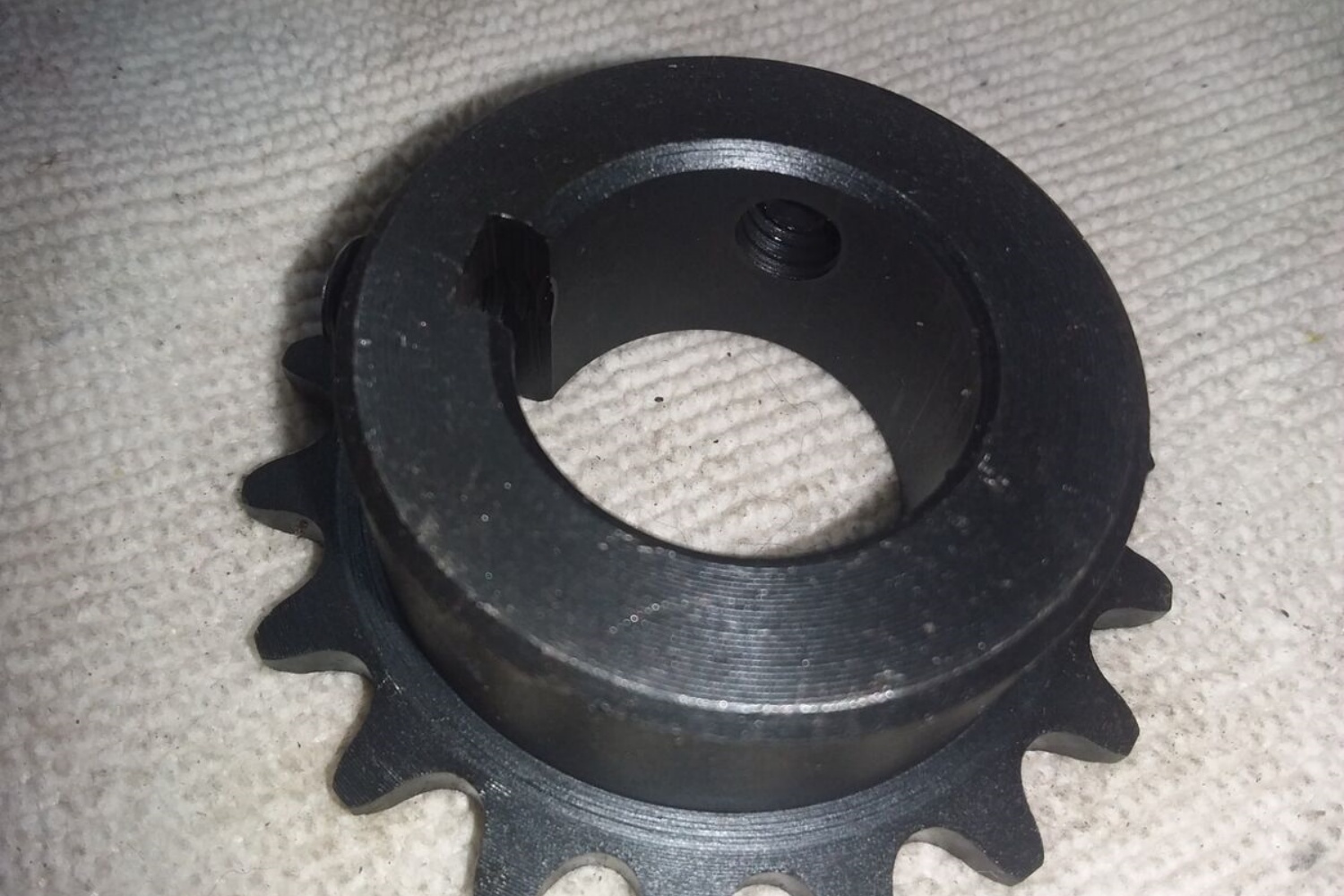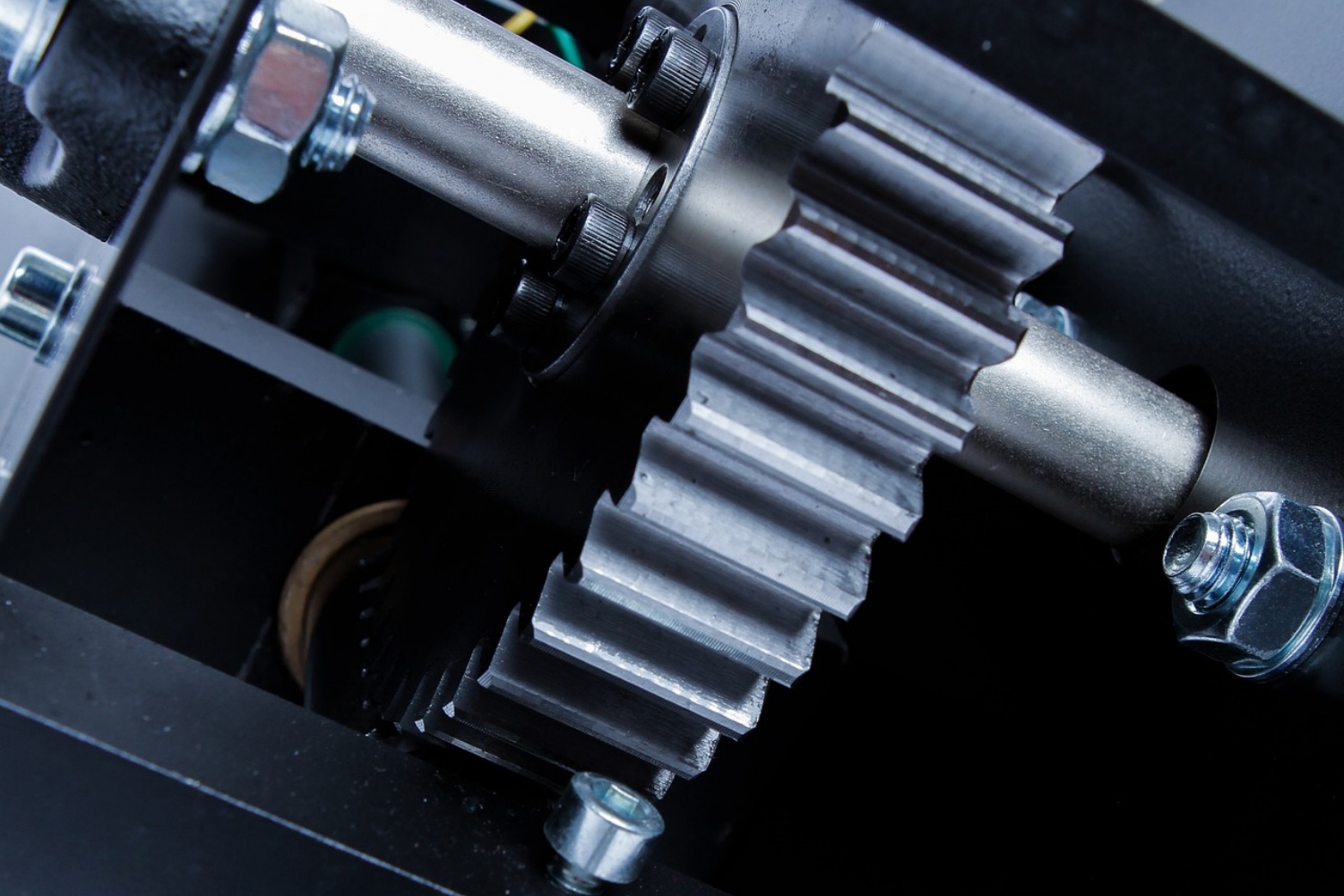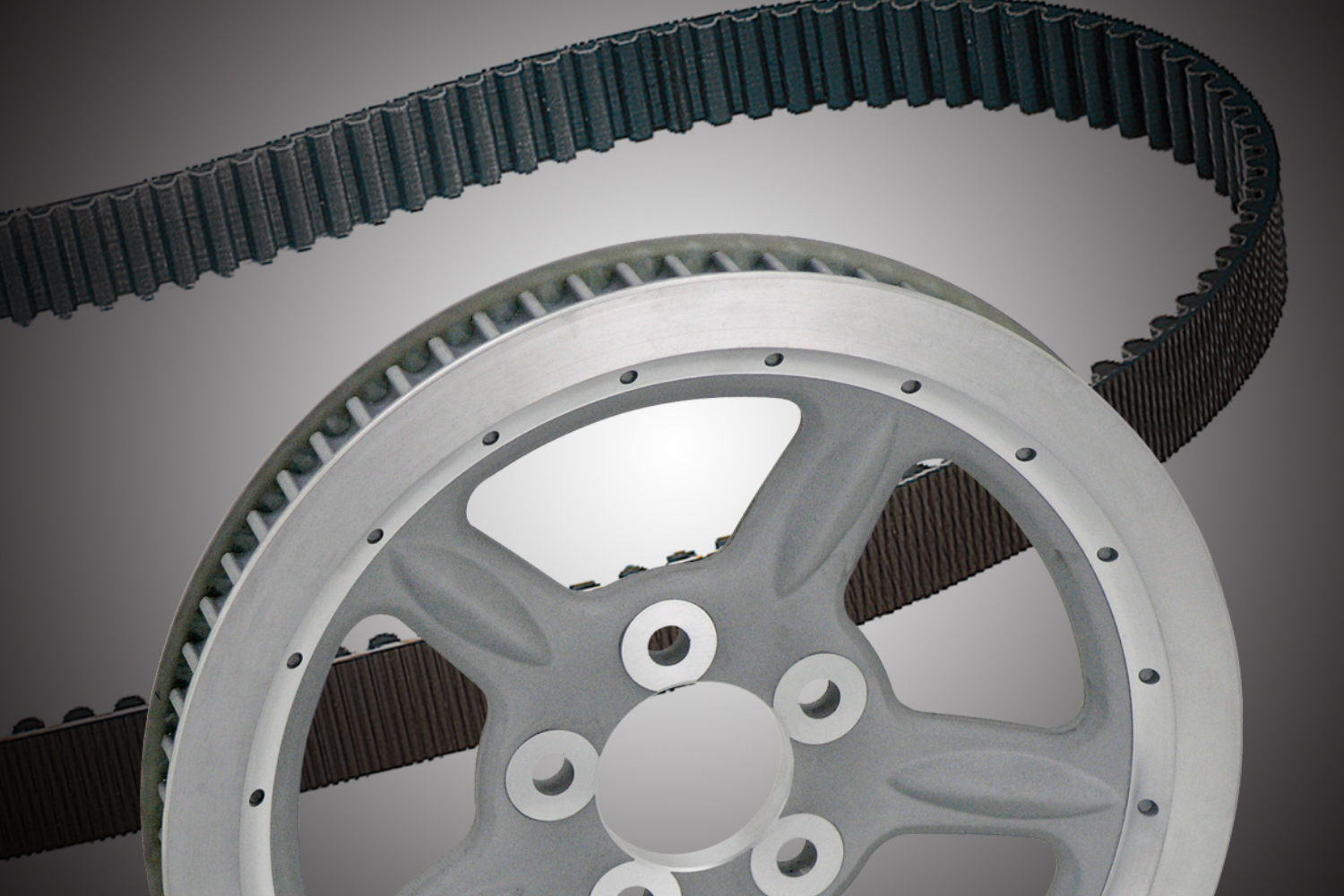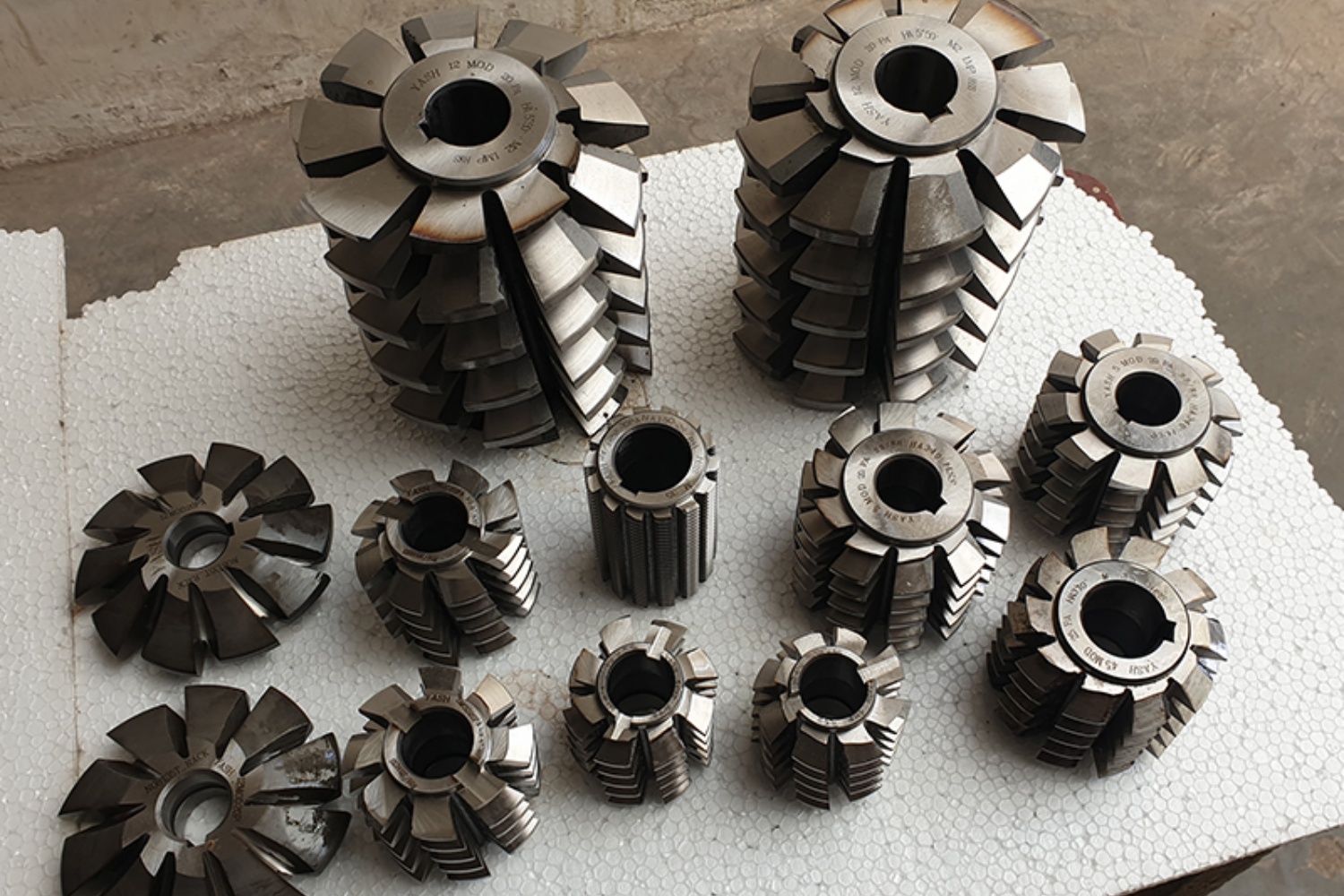Agricultural machinery plays a vital role in modern farming, contributing to increased efficiency, productivity, and profitability. At the heart of much of this machinery lies the humble sprocket, a crucial component that ensures the smooth operation of chains, conveyors, and other mechanical systems. However, like all mechanical parts, sprockets are subject to wear and tear, which can impact the overall performance and lifespan of agricultural equipment. Understanding the causes and effects of sprocket wear, along with strategies for maintenance and replacement, is essential for any farmer or agricultural equipment operator.
The Role of Sprockets in Agricultural Equipment
Sprockets are integral to the functioning of various agricultural machines, including tractors, harvesters, seeders, and irrigation systems. They work by transferring rotational motion to chains or belts, enabling the movement of other machine parts. The precise engagement between sprockets and chains is crucial for the efficient operation of the machinery. As such, the wear and tear on sprockets can directly affect the performance, efficiency, and reliability of the equipment.
Causes of Sprocket Wear and Tear
Several factors contribute to the wear and tear of sprockets in agricultural equipment:
- Friction and Abrasion: Sprockets are in constant contact with chains, which can lead to friction. Over time, this friction causes the metal surfaces to wear down, especially if the sprockets are not properly lubricated. Dust, dirt, and other contaminants can exacerbate abrasion, leading to accelerated wear.
- Misalignment: If the sprocket and chain are not properly aligned, uneven wear can occur. Misalignment causes increased pressure on certain sprocket teeth, leading to faster degradation and potential failure.
- Overloading: Agricultural equipment is often subjected to heavy loads, especially during peak farming seasons. Overloading can place excessive stress on sprockets, leading to deformation, cracking, or accelerated wear.
- Material Fatigue: Sprockets are typically made from durable materials such as steel or hardened alloys. However, repeated cycles of stress and load-bearing can cause material fatigue, leading to cracks and eventual failure.
- Improper Lubrication: Lack of proper lubrication is a common cause of sprocket wear. Lubrication reduces friction between the sprocket and chain, minimizing wear. Without adequate lubrication, sprockets can become dry and worn, leading to increased friction and heat, which accelerates wear.
Signs of Sprocket Wear
Recognizing the signs of sprocket wear is crucial for timely maintenance and replacement:
- Hooked Teeth: As sprockets wear, the teeth can become hooked or pointed. This is a clear sign that the sprocket is no longer engaging the chain properly and needs to be replaced.
- Excessive Noise: A worn sprocket can cause increased noise during operation, often a grinding or rattling sound. This noise indicates that the sprocket and chain are not meshing smoothly.
- Chain Slack: If the chain becomes loose or slack, it may be a sign that the sprocket is worn and no longer maintaining proper tension.
- Vibration: Excessive vibration during operation can indicate uneven wear on the sprocket teeth or misalignment between the sprocket and chain.
- Visible Wear Patterns: Regular inspection of sprockets can reveal visible wear patterns, such as shiny or worn-down teeth, which indicate the need for maintenance or replacement.
Preventing and Managing Sprocket Wear
Preventive maintenance is key to prolonging the life of sprockets and ensuring the reliable operation of agricultural equipment. Here are some strategies to prevent and manage sprocket wear:
- Regular Inspection: Regularly inspect sprockets and chains for signs of wear, misalignment, or damage. Early detection of wear patterns allows for timely maintenance, preventing more serious issues down the line.
- Proper Lubrication: Ensure that sprockets and chains are adequately lubricated to reduce friction and wear. Use the recommended type of lubricant for your specific equipment and operating conditions.
- Correct Alignment: Ensure that sprockets and chains are properly aligned to avoid uneven wear. Misalignment can cause significant damage to both the sprocket and the chain, leading to costly repairs.
- Load Management: Avoid overloading equipment, as this can place excessive stress on sprockets and lead to premature wear. Be mindful of the equipment’s load capacity and operate within recommended limits.
- Replacement of Worn Parts: Replace worn sprockets and chains promptly to avoid further damage to the equipment. Running equipment with worn parts can lead to more extensive and costly repairs.
Sprockets are critical components in agricultural machinery, and their proper maintenance is essential for ensuring the efficiency and reliability of farming operations. Understanding the causes of sprocket wear and tear, recognizing the signs of wear, and implementing preventive maintenance strategies can help extend the life of these components and maintain the performance of agricultural equipment. By prioritizing regular inspection, proper lubrication, and timely replacement, farmers and equipment operators can reduce downtime, lower maintenance costs, and keep their machinery running smoothly during the crucial farming seasons.

CONTINUE READING
Related Posts
In the world of industrial manufacturing, the efficiency and reliability of transmission systems are critical to the success of any […]
In industrial settings, a smooth and quiet power transmission system is crucial for productivity, safety, and worker comfort. V Belt […]
Splines play a critical role in mechanical power transmission systems, enabling rotational motion and torque transfer between mating components. These […]





